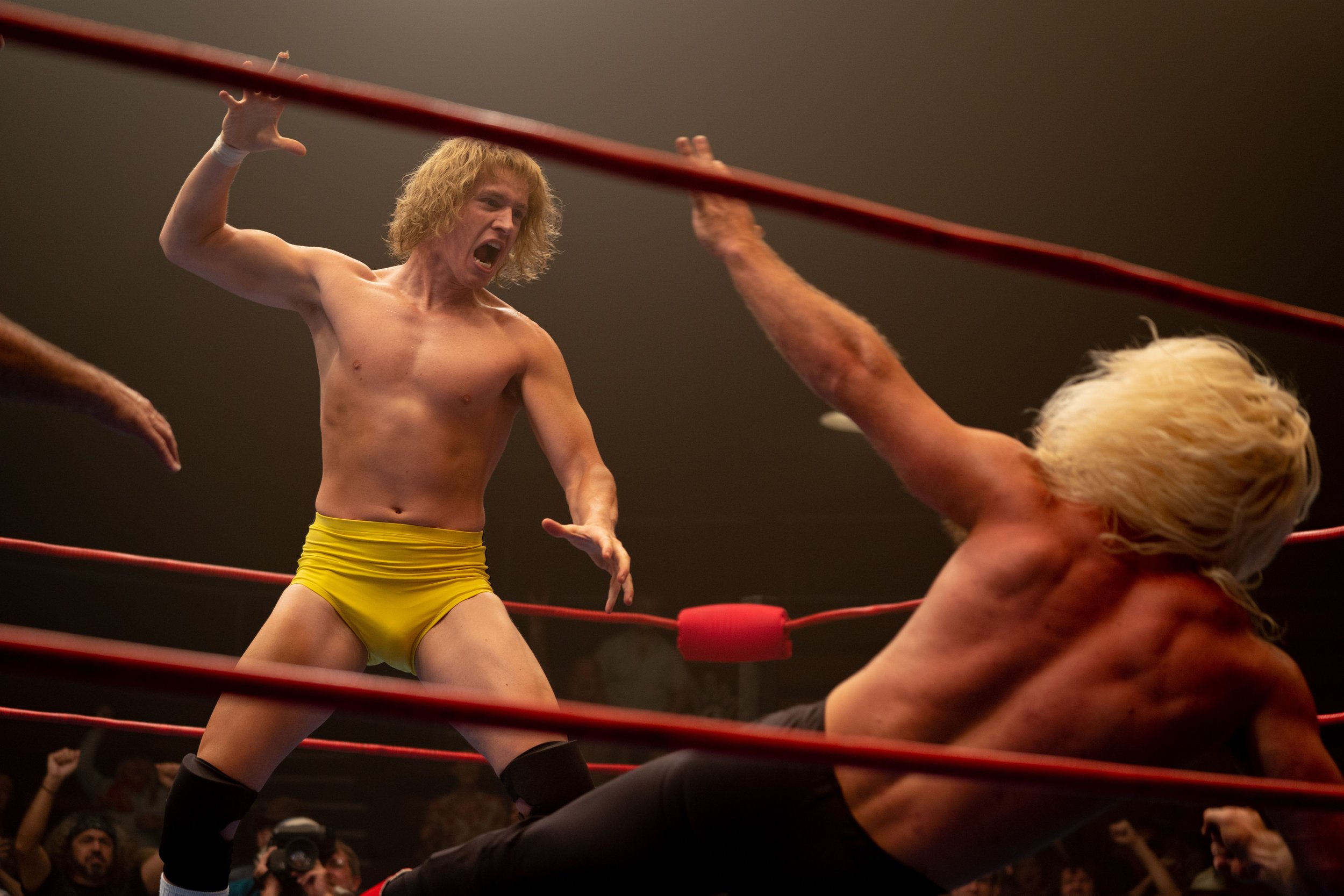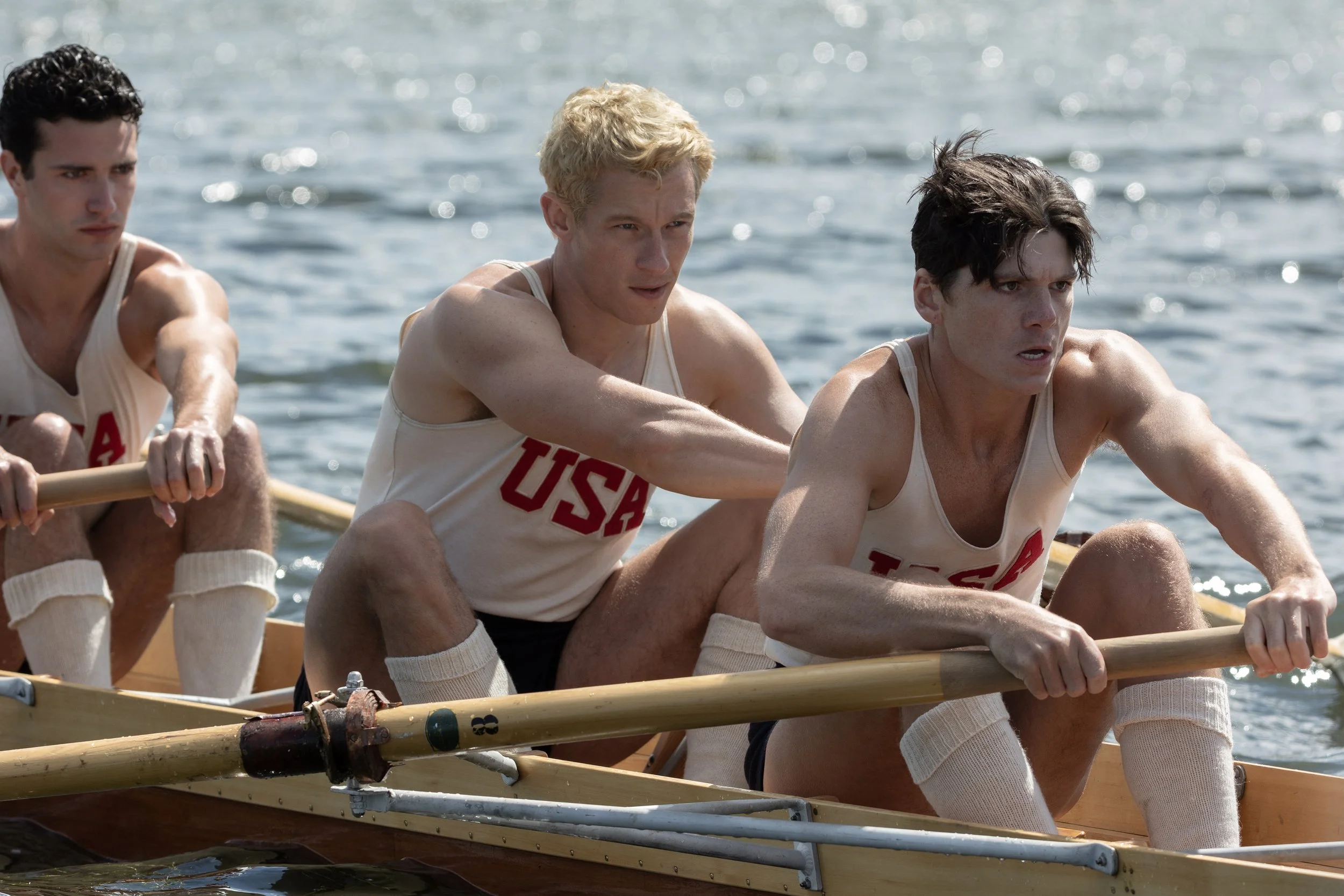Review: 'The Color Purple' is as difficult to translate to the screen as a musical as it was in 1985
Maybe it’s the case that Alice Walker’s acclaimed novel “The Color Purple,” like Laurence Sterne’s “Tristram Shandy” or Thomas Pynchon’s “Gravity’s Rainbow,” is actually unfilmable — and neither Steven Spielberg’s achingly earnest 1985 adaptation nor this new musical version can fully convey the pain and resilience of the story’s protagonist, Celie Harris.
The story spans some 40 years, starting in 1909, with two sisters — Celie (played by Phylicia Pearl Mpasi in the early going) and Nettie (Halle Bailey, recently of “The Little Mermaid”) — living with their father (Deon Cole), who frequently abuses and rapes Celie, and has fathered two babies by her. Early on in this film, Celie gives birth to the second one (Whoopi Goldberg, who played Celie in the Spielberg version, makes her cameo as the midwife), and the father takes the baby away while Celie is still recovering.
Soon after, their father arranges for Celie to be married off to a widower who goes by Mister (played by Colman Domingo). Mister orders Celie — played as an adult by Fantasia Barrino (the one-time “American Idol” champ) — to cook and clean, and take even more abuse than her father gave out. The ultimate act of horror comes when Mister banishes Nettie at the point of a shotgun, separating the sisters apparently forever.
Celie has so internalized her abuse that when Mister’s adult son, Harpo (Corey Hawkins), brings home his confident, headstrong girlfriend, Sofia (Danielle Brooks), Celie tells Harpo that to keep Sofia in line, he should beat her — an idea that makes Sofia furious at Celie. (Those who saw the Spielberg version will remember that Sofia was played, in her movie debut, by Oprah Winfrey, who’s a producer of the new movie.)
Harpo decides to start a juke joint, a place by the river to serve booze and book music acts — and the first act he lures in is the Memphis soul singer Shug Avery (played by Taraji P. Henson). Shug has been Mister’s longtime mistress, and her framed photo has become an object of fascination for Celie over the years. When Shug and Celie finally meet, there is an instant bond, whether sisterly or something else.
What I haven’t mentioned yet – and not because the studio marketing is trying to hide it — is that this version of “The Color Purple” is a full-on Broadway musical, adapted from Marsha Norman’s book of the stage play by screenwriter Marcus Gardley.
Being a musical exacerbates the difficulty an actor would have portraying Celie, a passive and meek character for so much of the movie’s running time, who finally gets to show her resolve and unbreakable spirit in the final few minutes. It was hard for Spielberg to have Goldberg perform that arc; it’s even harder when you also must give the character songs to sing.
What director Blitz Bazawule (who worked on part of Beyoncé’s “Black Is King” video album) and the script do is stage elaborate dream sequences to show Celie’s inner thoughts — including a Busby Berkeley-style old Hollywood number when Celie and Shug first meet. Only in the later going, when Barrino gets to belt out the declaration “I’m Here,” does the actor and character finally get to show her fire.
So much of this rendition of “The Color Purple” feels hemmed in by conventions — trying to get across the quiet, nuanced emotions of Walker’s book in a format that demands big, loud declarative moments of showing one’s heart. In spite of the abundant talent onscreen and behind the camera, that emotional gap proves insurmountable.
——
‘The Color Purple’
★★1/2
‘Opens Monday, December 25, Christmas Day. Rated PG-13 for mature thematic content, sexual content, violence and language. Running time: 140 minutes.







